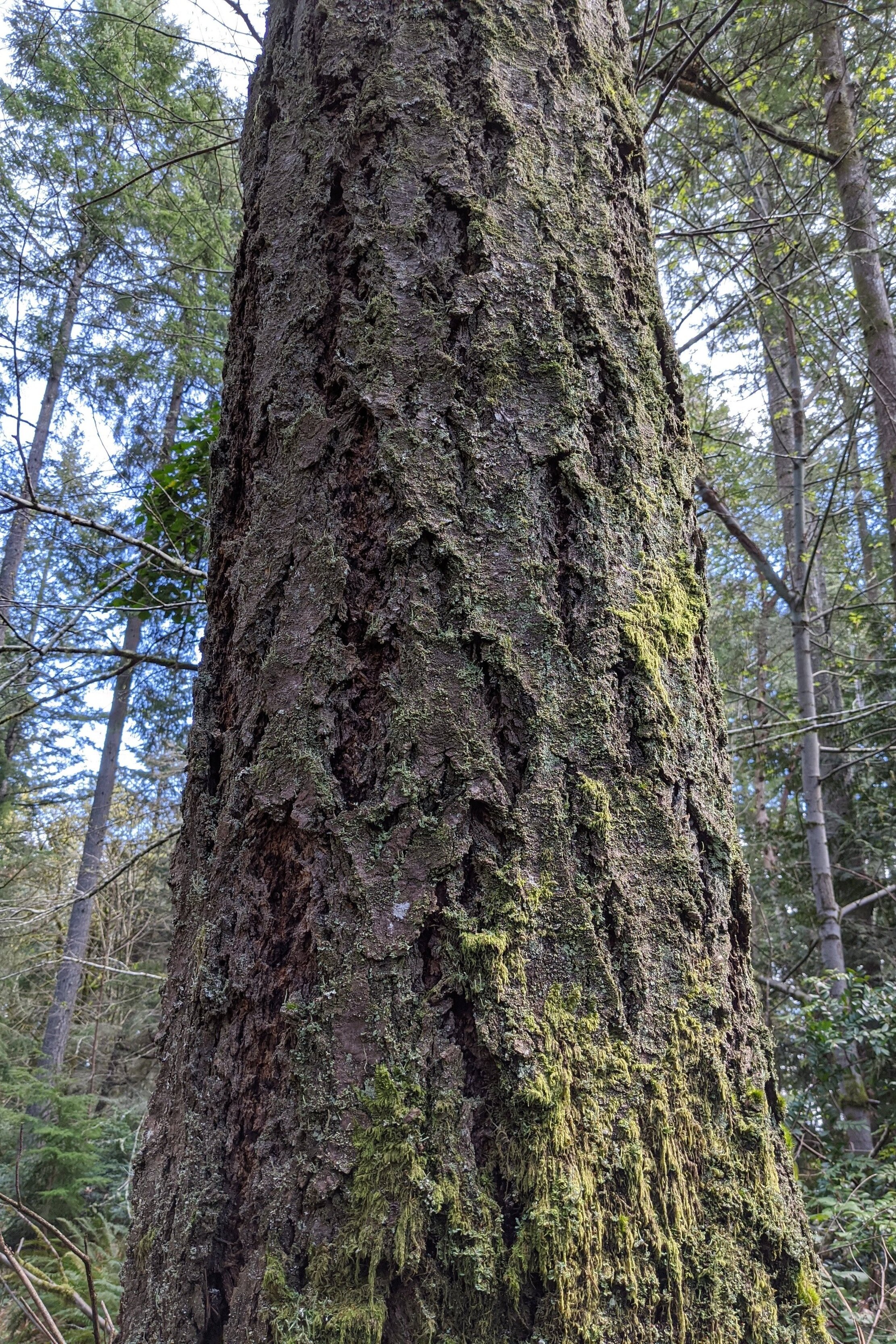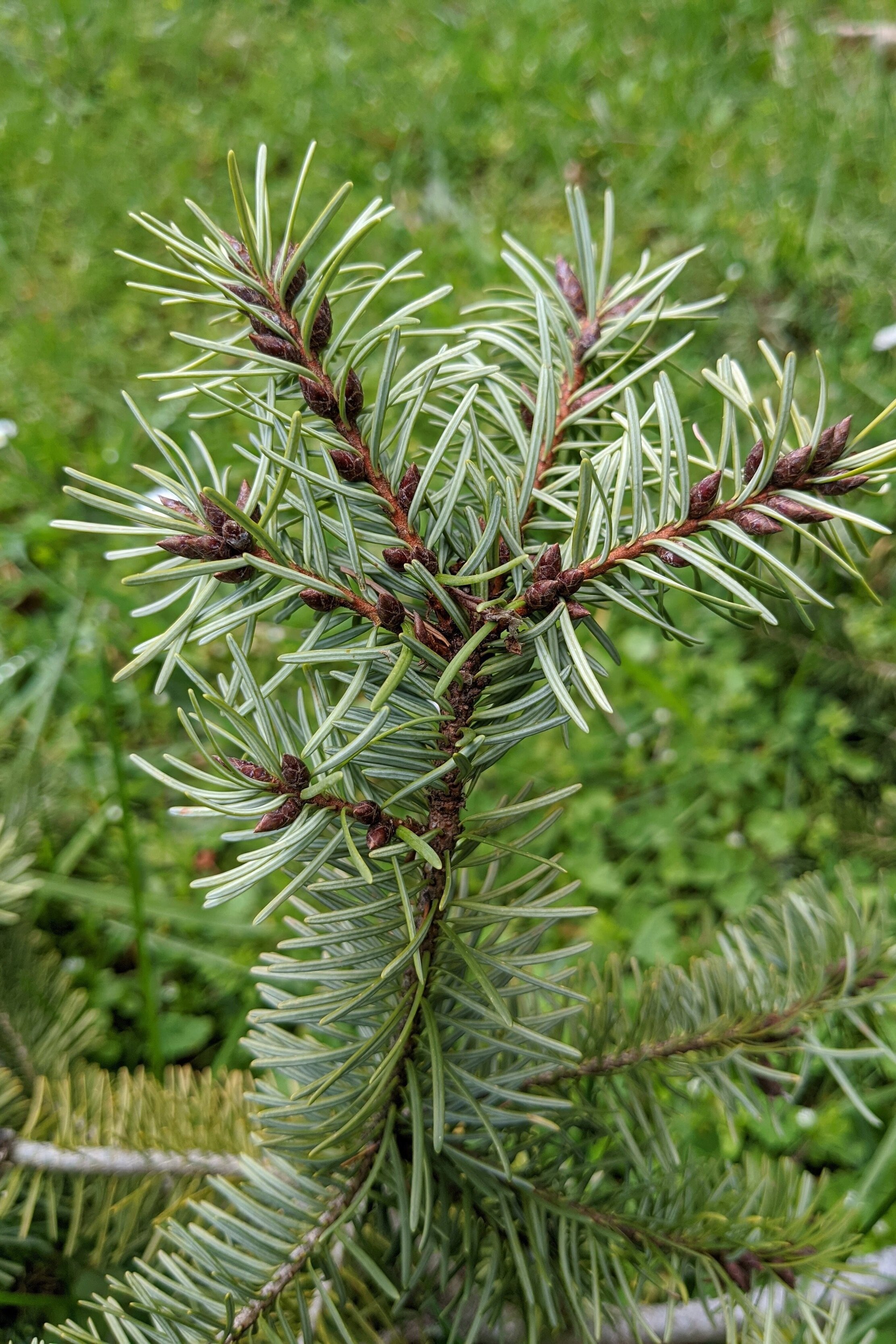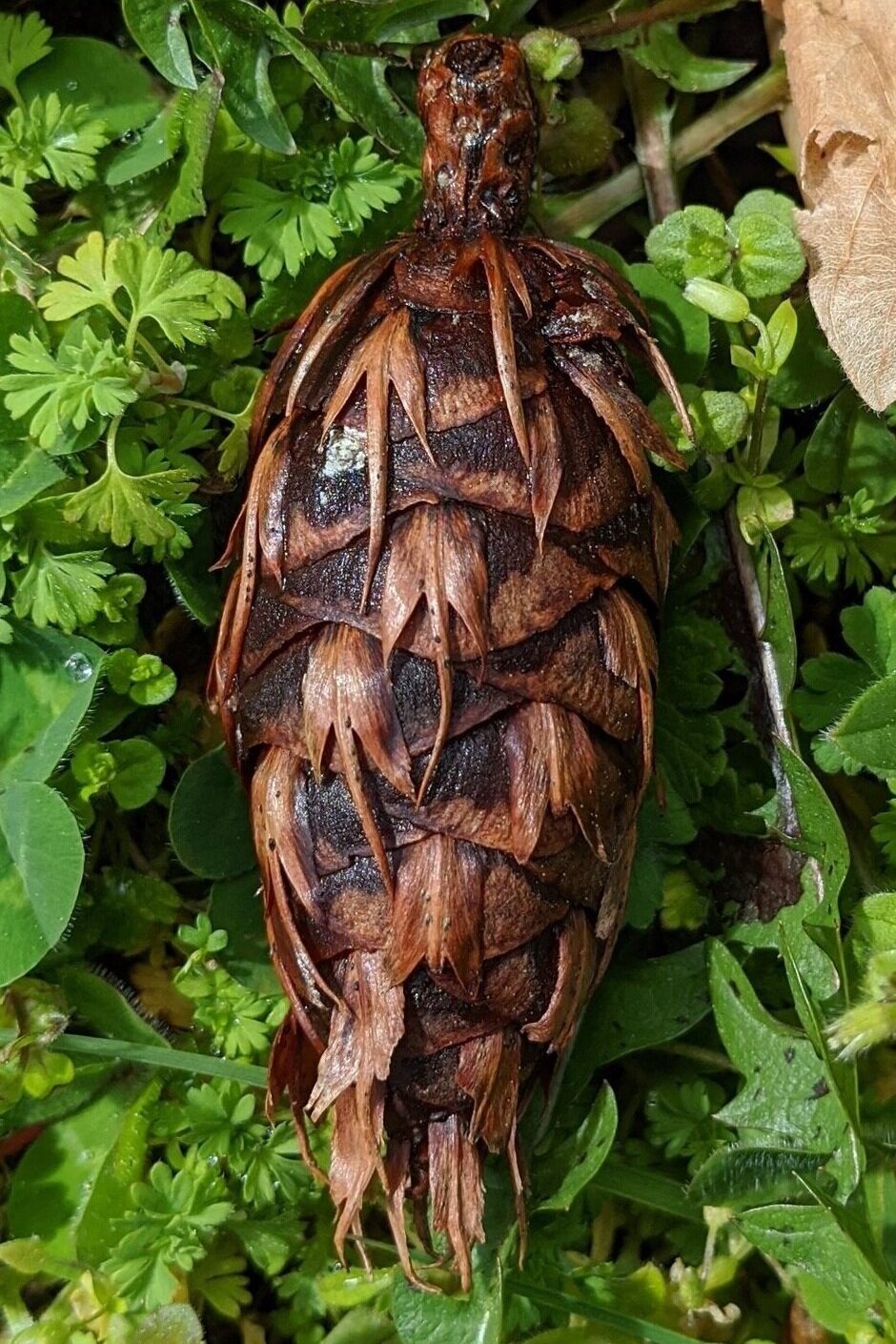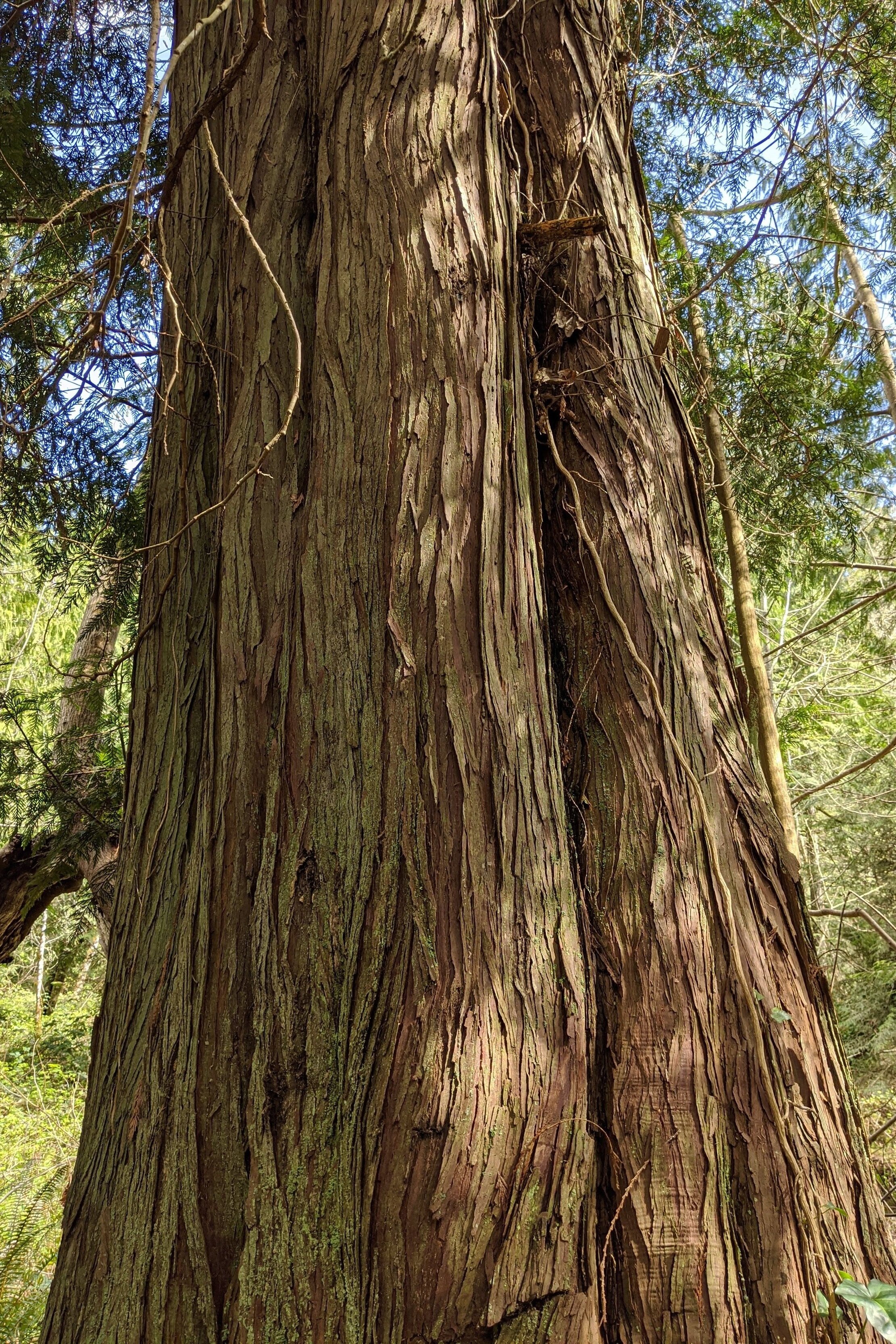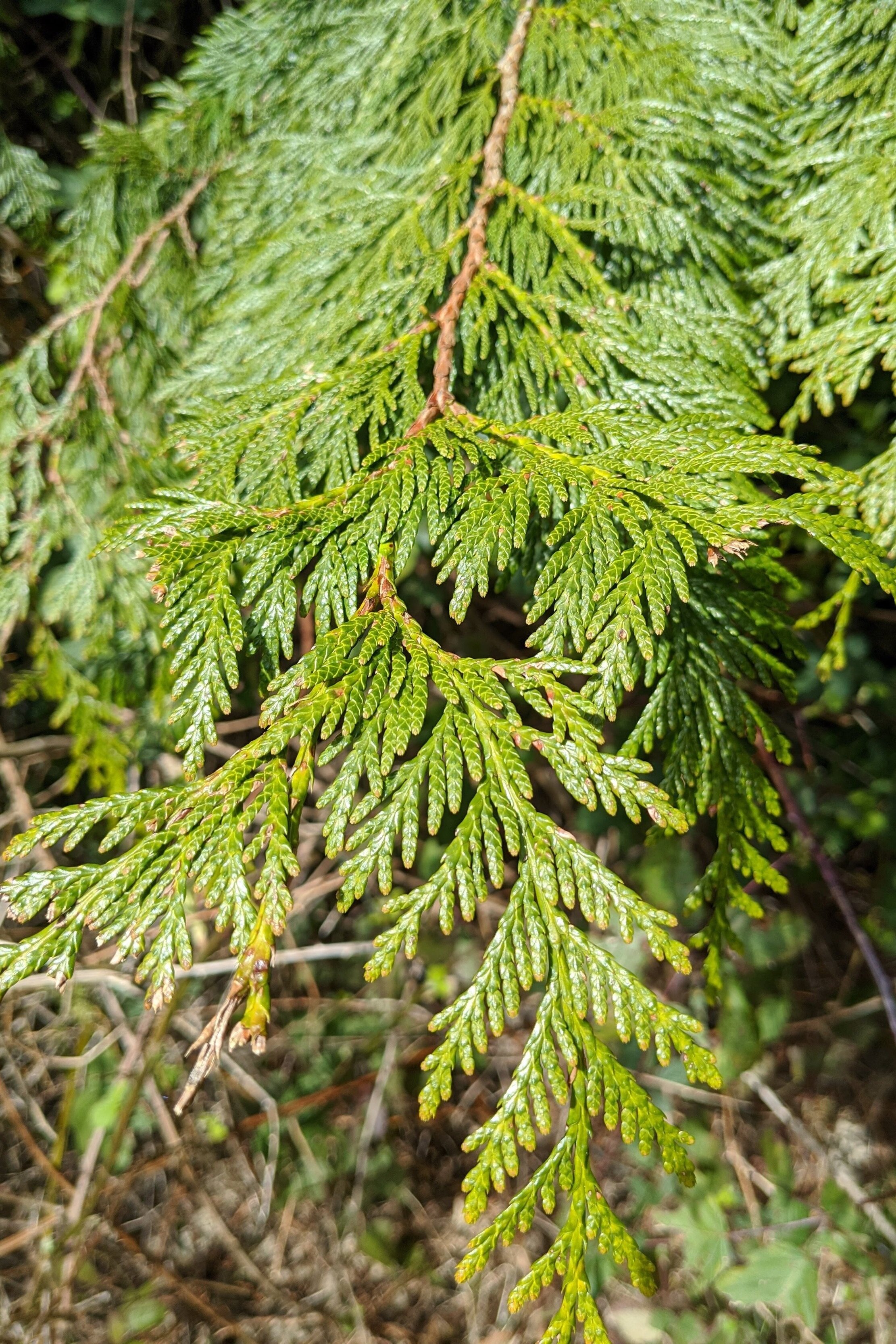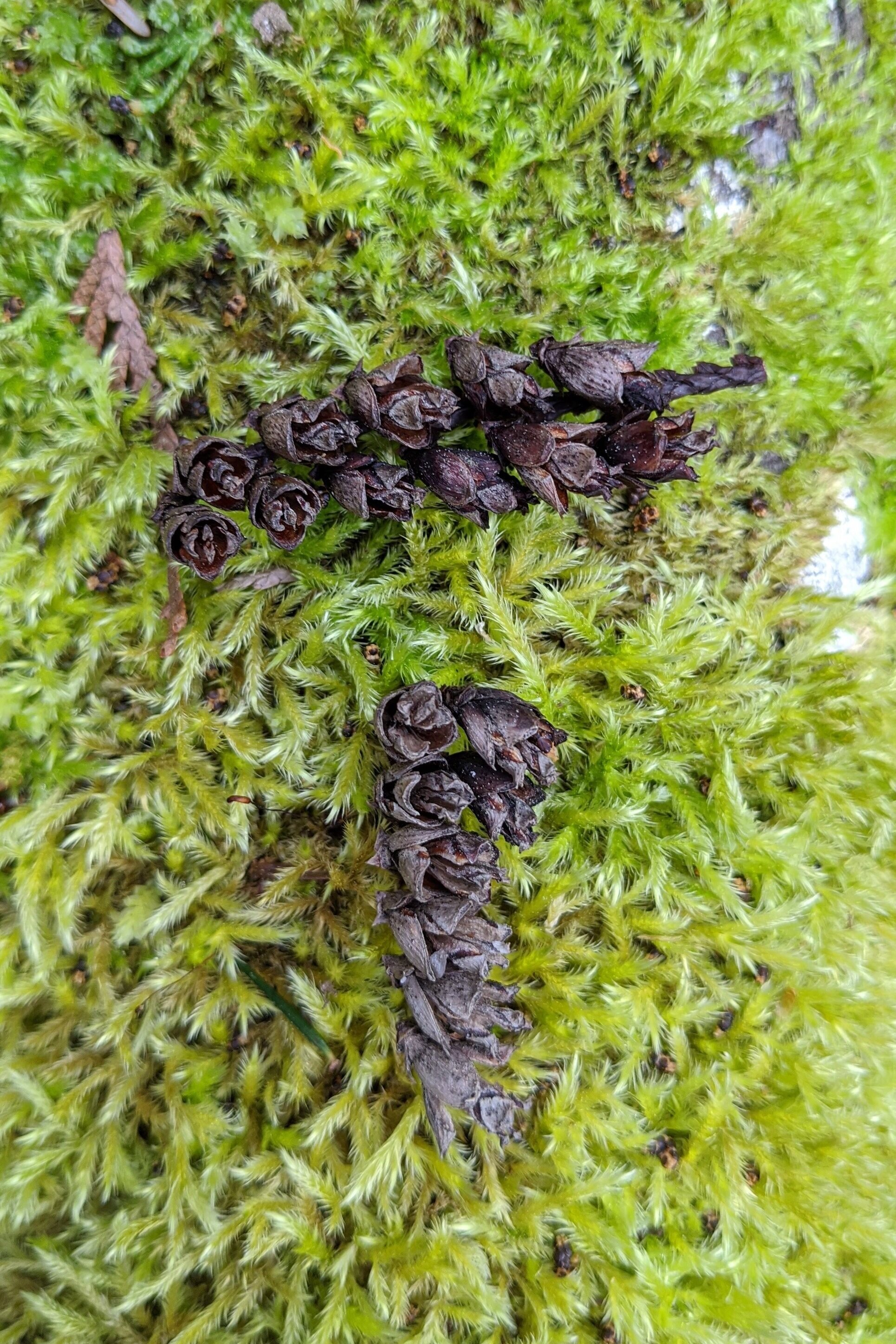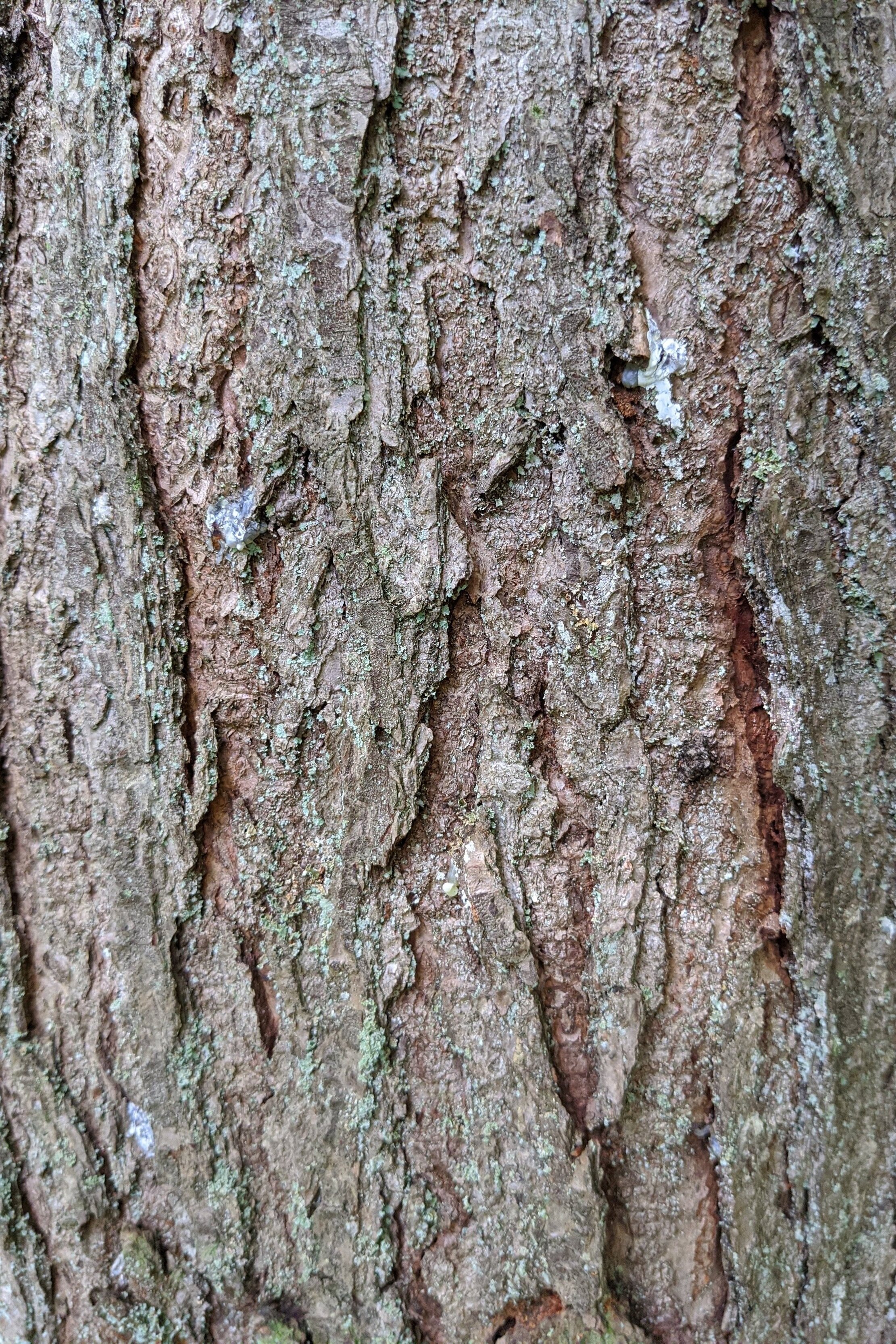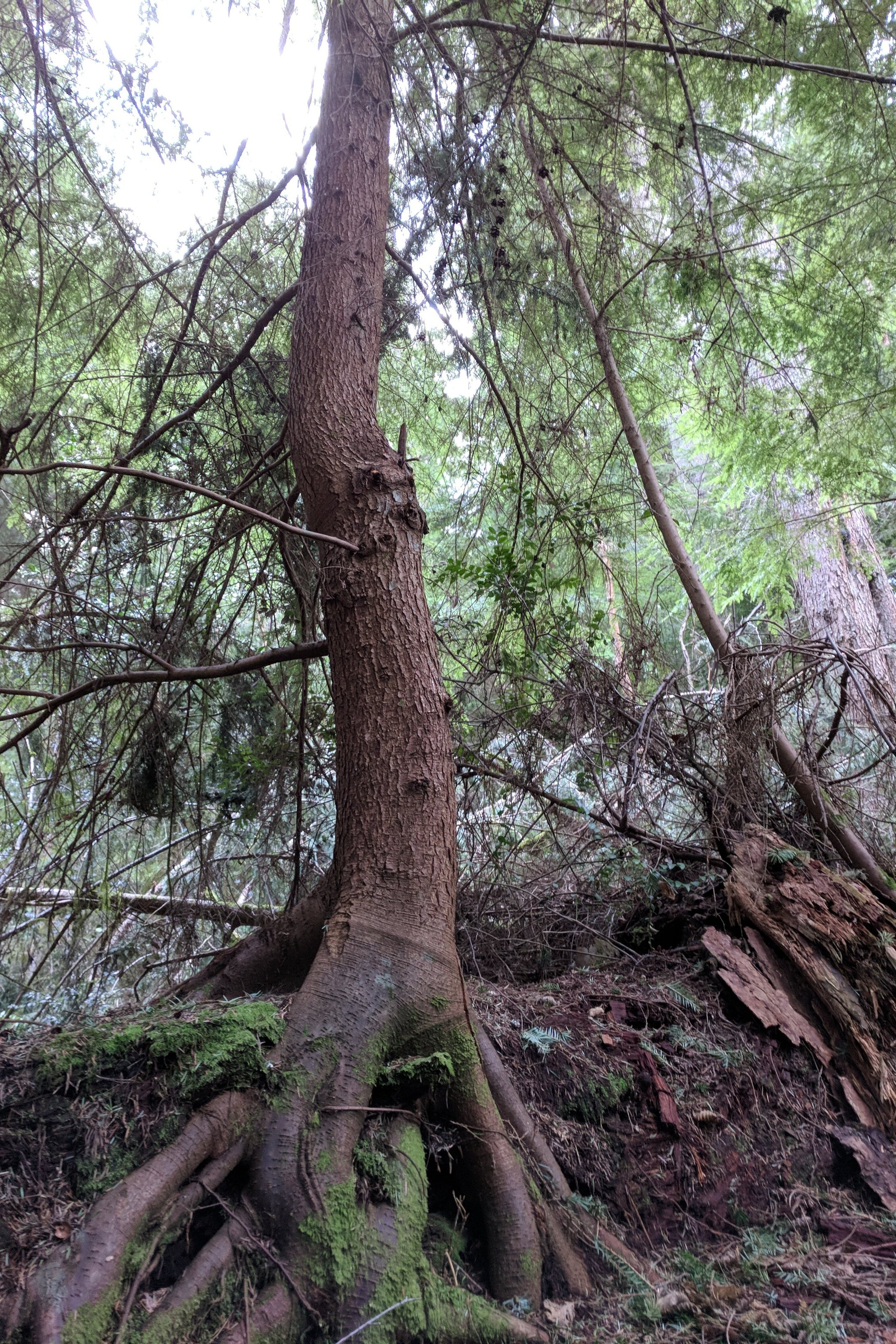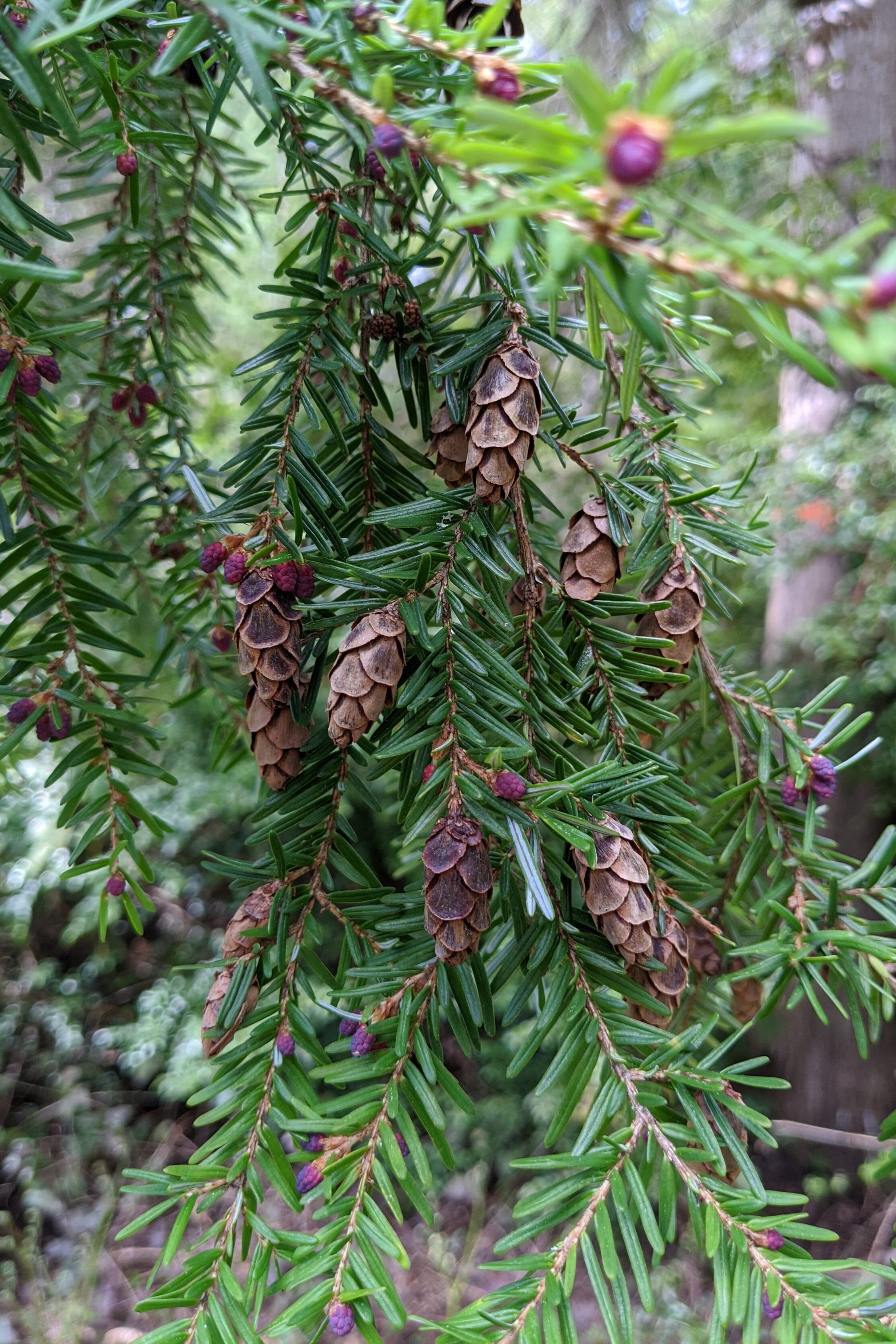Coniferous Trees
/Coniferous Trees are those that form cones for their seeds. They do not form any flowers. Many conifers also have needle-like or scale-like leaves. Having needle-like leaves helps conifers retain water, survive snow, have less resistance against the wind and are eaten by fewer bugs. Most conifers can also get sunlight all year long because they are evergreen, keeping their leaves all year round. However, some conifers are deciduous, losing their needles in the winter. An example of a deciduous conifer we have in Washington are the Larches in the North cascades. Examples of other conifer include: Pines, Firs, Cedars, Spruces, Yews, Hemlocks, and more.
Here are the three main coniferous trees I find at Sound View Camp.
Douglas Fir
The Douglas Fir (Pseudotsuga menziesii) is a tree with an identity crisis. It is not a true Fir tree. Its genus name, Pseudotsuga, mean false hemlock. In fact, the scientific name of the Douglas Fir has changed over 20 times as scientists figure out what type of tree it truly is. As of now, scientists believe is is most closely related to Larches. It has relatively small needles, thick bark and 3 inch long cones.
The cones have a legend associated with them that may help you identify which cones belong to a Douglas Fir. The legend is that the mice in the forest were trying to find a safe place to get away from a forest fire. After asking many trees that were unable to help, they found a Douglas Fir. They crawled inside the Douglas Fir cones and the tree’s fire resistant bark help save the mice from the fire. So when you look at a Douglas Fir cone you can see the papery “bracts” that look like a mouses hind legs and tail.
Western Red Cedar
The Western Red Cedar (Thuja plicata) is actually more closely related to Cypress trees than true Cedars. It has reddish-brown bark, scale-like leaves, and half-inch cones that look like roses. It was an incredibly important tree to the Native Peoples along the west coast. The Coast Salish people’s creation story for the Western Red Cedar was that there was a very kind man that would give food and his belongings to help others. When this man passed, Western Red Cedar grew where he was buried so he could continue to help others.
The bark of the Western Red Cedar is stringy and strong, so it was useful for making ropes, baskets and fishing nets. Clothing, blankets and hats were also make from the bark. The wood was used for building many things including totem poles, canoes, paddles, spears, other tools, and longhouses. They also used it cook and dry fish as well as for storing food.
Western Hemlock
The Western Hemlock (Tsuga heterophylla) is the state tree of Washington. It has small, flat needles, inch-long cones, and grey-ish bark. They are very tolerant of the shade and can grow among the tall Douglas Firs. It also needs a lot of water. Western Hemlocks need soil that has a lot of organic material, coming from other plants and animals, in it. Therefore, we often see Western Hemlocks growing on old stumps or fallen logs. These old trees that grow new plants are called nurse logs. Sometimes when the nurse log decomposes, it leave gaps in the roots of the trees growing in it. This makes it look like the trees are coming out of the ground and walking away.


